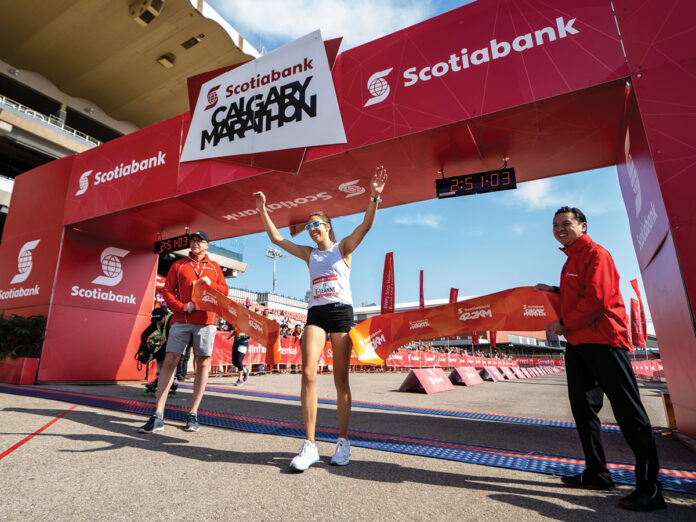
It turns out increasing your cadence or lengthening your stride won’t help you run any faster – you need to learn how to fly.
A study published in 2019 in the European Journal of Sport Science compared a group of relatively fast recreational runners with an elite group. The runners ran on a track at speeds of 3.3, 3.9, 4.8 and 5.6 metres per second and their movements were analyzed.
The study showed that elite runners were in the air 11 per cent longer than the recreational runners.
The study’s authors, Dr. Steve Preece, Chris Bramah and Duncan Mason of the University of Salford in Manchester, UK, now want to find out how elite runners can maintain this bouncy style without using extra energy.
“This is most likely related to their ability to store energy in their Achilles tendon with every step,” says Dr. Preece.
The researchers also noticed a more bent knee ‘landing position’ in the elite group of runners.
This is the first study to compare the biomechanics of the two groups.
—
From an article published by the University of Salford.
















